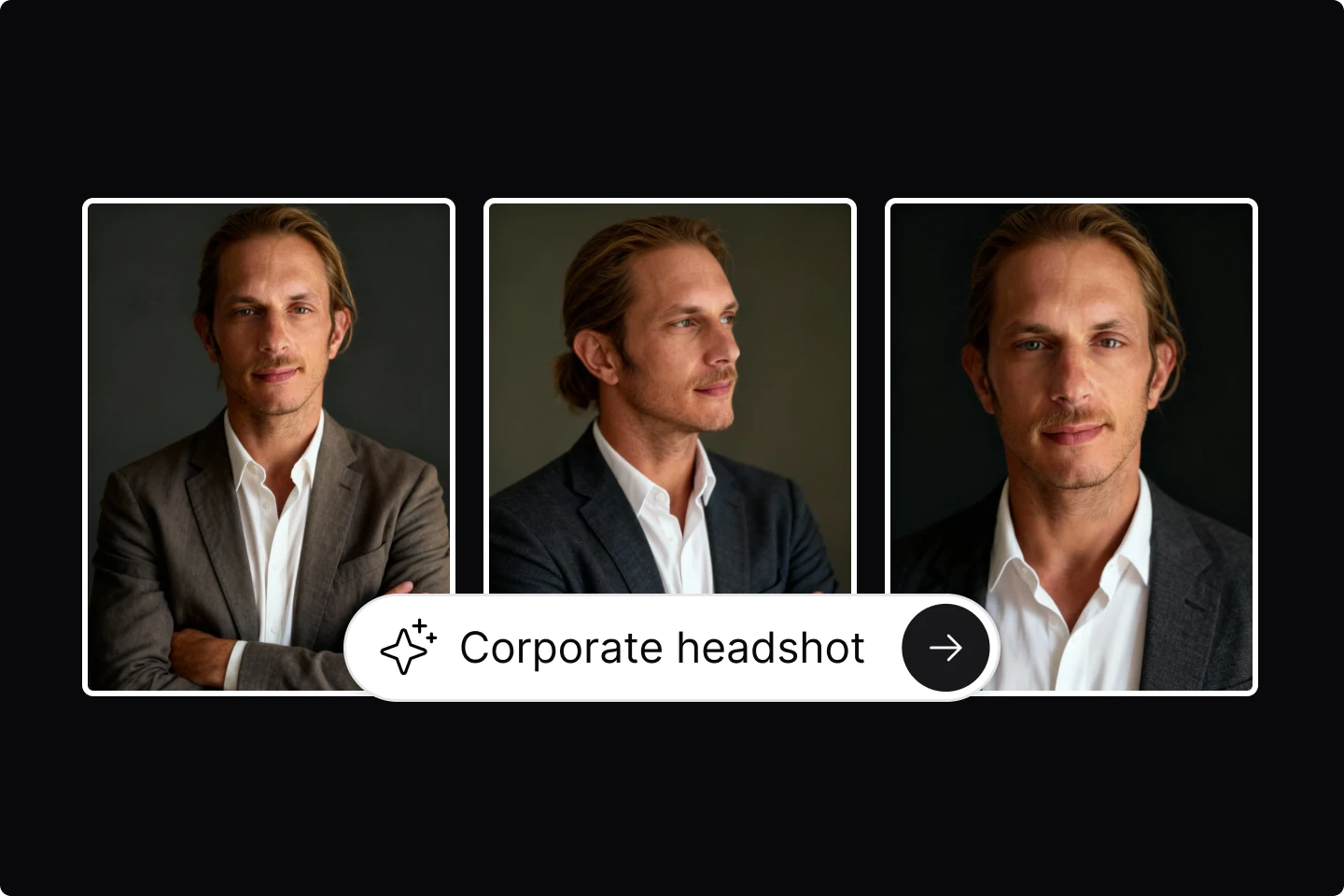How to become a UX designer in an AI future


A brief intro into what it takes to be a UX designer in an AI world.
The world of UX design is changing quickly, and AI is a big part of that transformation. As AI becomes more integrated into design workflows, understanding how it’s shaping the industry can help you prepare to become a UX designer who’s ready for the future. You might be wondering, "Yo Pablo, how has AI been affecting UX design?" And maybe you’re even concerned that AI will take over the field entirely, leaving human designers out of the equation.
Here’s the good news: that’s not going to happen. AI is definitely speeding up some parts of the process and making certain tasks more efficient, but it hasn’t—and can’t—replace the creativity, empathy, and critical thinking that make UX design such a human-centered profession.
If you’re thinking about how to become a UX designer or wondering how to break into the field with no experience, the first thing I want to say to you is bravo. The world needs more creatives to help shape a vibrant future of design. Secondly, I put together some basic tips you can use to help you start your adventure in UX and become a more competent designer. With that said, let's get into what you'll need to do dive into this field.
Embrace the new design mindset
Stepping into a UX career today means understanding that AI is here to stay—and that’s not a bad thing. Rather than replacing designers, AI can support us by making repetitive tasks faster, freeing up time to focus on the aspects of design that require creativity and empathy.
Getting into UX in an AI-driven world also requires a mindset of curiosity and adaptability. Start by exploring what’s out there, experimenting with different tools, and getting comfortable with the idea that you’ll constantly learn new skills.
This mindset shift will keep you motivated and confident as you step into this evolving field.
Build foundational UX and UI skills
While there are powerful AI website builders that can do a ton of the work for you, the basics of UX and UI design haven’t changed. Learning the foundations of good design will still be essential for anyone looking into how to become a UX designer, especially if you’re starting with no experience.
I found this video does a pretty good job of explaining the foundational concepts of what it takes to build UX and UI skills.
UX design isn’t just about making things look good; it’s about making products that solve real problems for users. This means learning how to make interfaces that are intuitive, visually appealing, and user-friendly. Here are a few areas to start:
UI vs. UX
Understand the difference between User Interface (UI) and User Experience (UX) design. UI design is about what users see and interact with on the screen, like buttons, colors, and typography.
UX design, on the other hand, is about the overall experience users have, including how easy and enjoyable it is to use the product. Both roles are crucial in product design, so becoming skilled in each will make you well-rounded.
Design principles
Familiarize yourself with design principles like alignment, contrast, hierarchy, and accessibility.
These fundamentals guide how to make designs that not only look good but also communicate clearly. Learn how to create visual hierarchy so users intuitively know where to look next, and always consider accessibility to ensure everyone can use your designs.
Usability and human-centered design
UX design means putting users at the center of every design decision. You’ll need to get comfortable with user-centered principles, ensuring that you’re not just creating visually pleasing designs but also meeting real user needs.That's a design quote to remember if you're trying to prepare for the future.
There's tons of free resources out there to help you start building these skills. Books like The Design of Everyday Things by Don Norman, along with hundreds of YouTube tutorials, can be hugely helpful to help you build a strong foundation.
Develop critical soft skills
As a UX designer, you won’t just work solo on a screen all day; collaboration is a huge part of the job. Soft skills like communication, empathy, and collaboration are essential for anyone asking how to become a UX designer with no experience.
Communication
As a UX designer, your designs won’t exist in a vacuum—they’ll often need to be shared, explained, and refined with input from others. This makes communication one of the most important skills to develop. You’ll regularly present your work to stakeholders, whether it’s a client, a product manager, or a development team, and you’ll need to explain your design choices in a way that’s clear and compelling.
Being able to gather constructive feedback and interpret what stakeholders or users are asking for will help you refine your work and build better solutions.
Empathy
UX design requires seeing the product through the user’s eyes. Practicing empathy allows you to anticipate user needs, understand their challenges, and create solutions that genuinely improve their experience.
Diving into user research and user testing with an empathetic mind won't only make your projects better, but will help you become a better designer as a whole.
Collaboration
A lot of the time, you’ll be working alongside developers, product managers, marketers, and other UX pros.
Effective collaboration helps you stay in sync with other teams and ensure that your designs work well across all parts of the product.
Storytelling
Crafting a narrative around your design decisions helps others understand your thought process. Storytelling will also make your work more impactful when it comes to building your portfolio or presenting to potential clients or employers.
Building hands-on experience
Learning UX design basics and using AI tools is essential, but real progress comes from hands-on experience. Working on projects, even mock projects, can help you build a strong portfolio that showcases your skills.
If you’re looking into how to become a UX designer with no experience, start with small projects and gradually work up to more complex ones.
Mock projects
Start by redesigning some of your favorite apps or websites to get hands-on practice. Pick something you love and think about how you’d make it even better—maybe the navigation could be clearer, or the visuals more engaging. This is a great way to sharpen your design thinking and show off your problem-solving skills, even if you haven’t worked with real clients yet.
While you’re at it, bring AI tools into the mix to see how they can help. Use them to test out different layouts, experiment with typography, or generate placeholder assets. Play around with ideas—let AI handle some of the heavy lifting so you can focus on refining the design. These mock projects will not only help you get comfortable with the tools, but they’ll also show future employers or clients that you know how to combine creativity with cutting-edge tech.
Personal projects
You can also create fictional case studies for personal projects, like designing an app that tackles a specific problem or improving a service you already use. These kinds of projects let you dive into the full design process, from identifying user needs to creating polished solutions. Just check out some of these side personal projects from Charles Patterson.
They also give you a low-pressure way to experiment with AI tools—try using them to generate wireframes, test different layouts, or refine visual details. Not only will you build your skills, but you’ll also end up with portfolio pieces that highlight your creativity and versatility as a designer.
Building case studies
Documenting your work in case studies shows potential employers or clients your design process.
Highlight the problem, the research you conducted, the design solution, and any feedback you implemented. Case studies reveal your critical thinking skills and help communicate your approach to others.
Staying human in the age of AI
AI can handle certain design tasks, but it can’t replicate the human empathy and cultural insight that UX designers bring. The best designs reflect a deep understanding of users’ needs, cultural context, and emotional nuances. These qualities can set you apart in a field where AI is increasingly prevalent.
Remember, design is still about connecting with people. Practicing empathy and human-centered design will keep your work relevant and impactful.
Future-proofing your UX design career
As AI advances and reshapes the UX design process, continuous learning is key to staying relevant. Embrace opportunities to expand your skillset, keep up with industry trends, and adapt to new AI tools that streamline the design process. By doing so, you’ll remain flexible and innovative in a changing field.
AI may handle some of the repetitive tasks, but creativity, empathy, and strategic thinking will continue to set designers apart. Focus on building a solid foundation in UX and UI, and stay open to how AI in UX design can amplify your work.
I have a lot of thoughts this topic, and sometimes not enough time to write them all down, so if you want to hear more about becoming a designer alongside the robots, check out this video.
Setting off on your UX adventure!
It's no secret anymore that AI is changing how we approach not just UX design, but also graphic design, web design, and many other aspects of the design world.
Becuase of this rapidly changing world that we're facing, it's clear that designers who combine foundational skills with a willingness to adapt will thrive.
By understanding how AI fits into the design process, developing essential skills, doing proper ux research, and building a portfolio that showcases both creativity and strategy, you can start your job search as a UX designer prepared for the future.
Start learning, stay curious, and keep challenging yourself—your skills will evolve, and so will the world of UX design.
Font trends for 2025




.webp)

